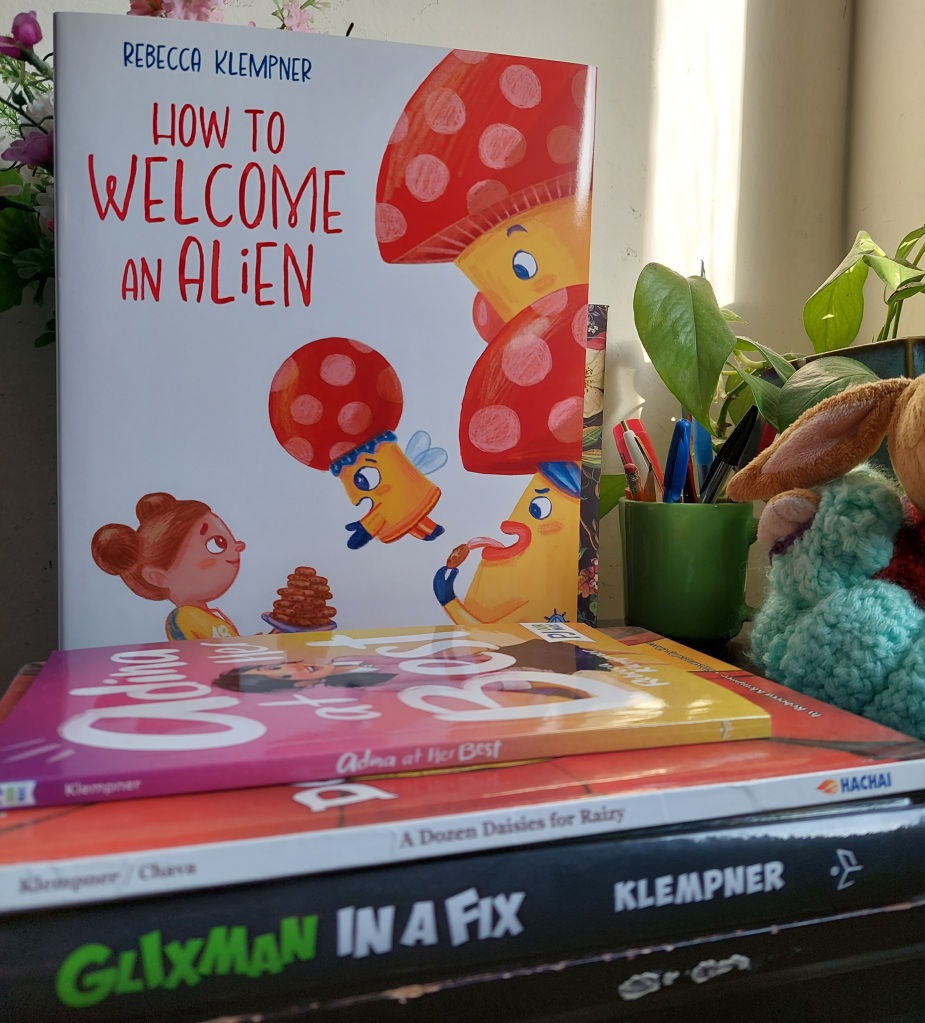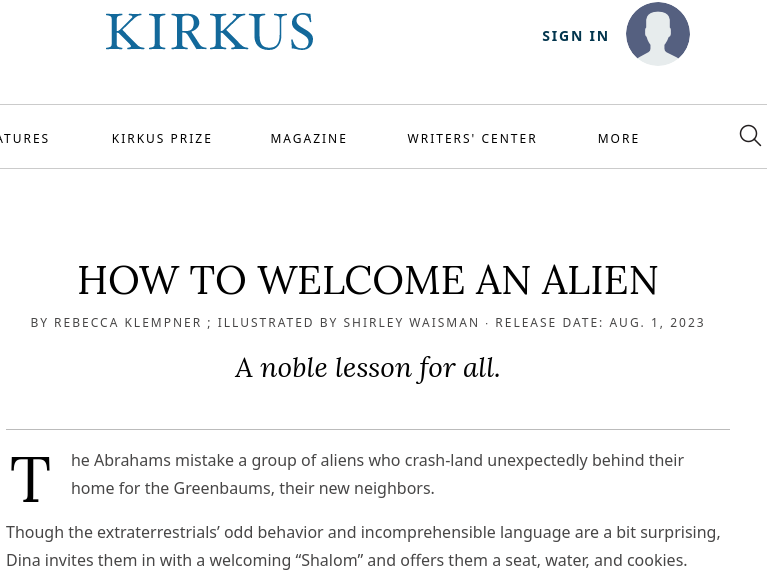I’ve been spending a lot of time editing lately (don’t worry, I’m still writing, although not as much as I’d like). Most of this work has been coming from a particular Haredi publisher — it’s fun, it’s challenging, and I’m learning a lot. I started off doing copyediting, but periodically, the acquisitions editor asks me to handle a developmental editing project.
Anyway, a lot of the Haredi men and women who submit to the publisher I’ve been working with (it’s still freelance, and it’s very part-time) don’t use Twitter. Nor do many of the fledgling writers who may soon be submitting their first manuscript to a publisher. It doesn’t occur to them to look for writing tips on YouTube or on social media, and they may not have access to secular books about writing (I’m working on a Jewish one…but who knows when I’ll finish and whether it will be published). They might not have taken any classes or webinars on writing, nor have most of these writers participated in a writing group.
The upshot is that there are a lot of submissions which contain fantastic ideas in packages which are highly unprofessional.
You wouldn’t want your submission to be rejected because it was formatted incorrectly, do you?
This post is the one post that I want printed out. I want English teachers in Jewish schools to print it out (with attribution indicating it’s written by me) and then circulate it among their 12th graders. I want people who have friends or relatives who are planning to submit their first story to a publisher to print it and hand it to them. I want this because I WANT THEIR BOOKS TO BE AS READY FOR PUBLICATION AS POSSIBLE.
HOW TO FORMAT YOUR MANUSCRIPT LIKE A PROFESSIONAL
1) Only one space should follow your end punctuation. Once upon a time, you might have heard it’s best to skip two. However, it’s no longer industry standard to skip two spaces after end punctuation except in a few niches (including academic journals & legal writing).
2) Do not hit the space bar to indent. You should also not hit Tab to indent. Instead, use the Ruler Bar on your word processing program. Slide the TOP arrow only. 5-space indentation used to be common; most places use 3-space currently. Choose one of those sizes of indentation.
Now, every time you hit Enter, your next paragraph will indent.
3) Another common error: using both indentation AND skipping a line between paragraphs. Again, there are exceptions for some academic journals and in legal writing, but in general, you choose EITHER to indent OR to skip lines between paragraphs.
Please do not hit Enter an extra time to skip a line between paragraphs. Your copyeditor will have to go back and delete every one of those Enters. In order to set skip lines between paragraphs (or to take them away), make sure you have visited the Paragraph Menu (under Home for Word) but nested on the main Tool Bar for Google Docs (click the three dots on the Tool Bar for that option to come up).
If you are setting up a new scene, and that’s why you are skipping a line, put a pound-sign (#) or an asterisk (*) on that line.
4) If you want to start at the top of a new page, don’t just hit Enter till you reach the new page. Insert a Page Break instead.
5) Most publishers prefer a 12-point font, though most word processing programs have an 11-point default now. Make sure you’ve switched 12-point!
6) Don’t use fancy fonts. Simple serif fonts are best: Times New Roman, Cambria, Georgia, Garamond. You can use a simple sans serif font for titles such as Arial or Calibri.
7) Don’t right justify. It makes it too hard to tell whether spacing is correct.
8) Please double space.
9) Using the Footer Menu (nested in the Format or Insert Menu depending on your program), insert your name, either a phone number or email address, and then — using the Page Number Tool — the page number.
10) Head the first page with your name, the title of your book, your address, your phone number, and an email address (assuming you have one).
10 THINGS TO CHECK BEFORE YOU SUBMIT A NARRATIVE (A NOVEL OR MEMOIR):
- Did you identify the main character within the first page? (If you start with a prologue that doesn’t show the main character, it must be less than two pages long and should show us something about the problem and the stakes. A prologue always serves plot or characterization.)
- Did you start the book in the right place? This is usually at the “inciting incident.” That’s the event or decision which sets the story in motion. (Examples: In Henye Meyer’s THIS IS AMERICA!, the book starts with Tcherna’s desire to marry & money set aside for that purpose. When a sudden need arises for the men in the family to flee to America, the money is repurposed and Tcherna’s longing for a husband is thwarted. In Jane Austen’s PRIDE AND PREJUDICE, the novel starts with the arrival of a new neighbor and the main character’s mother announcing her intent to marry one of her daughters off to him.)
- On the first page, is there a source of obvious conflict?
- Does every scene serve the plot and theme or show us important details about the main character? Does each scene lead logically to the next one, and do they move towards a climax and resolution?
- Have you gotten feedback from someone who is in your target audience, who regularly reads this type of book, and who is not related to you (nor are they a close friend)? YOU NEED ACQUIRE FEEDBACK AND THEN TO REVISE.
- Did you use spellcheck and grammar check?
- Did you make sure that any transliterated words are spelled consistently — for example, you used “challah” every time, not “challah” and “khale” and “challoh” and “challa?”
- Did you cut as many instances as possible of the following words: just, even, still, begins to, starts to, trying to, & very?
- When the reader finishes your story, do they understand the message you intended?
- Have you checked all scientific, medical, and historical details for accuracy?
Again, PLEASE PRINT THIS WITH MY NAME (REBECCA KLEMPNER) ON IT AND THEN SHARE, SHARE, SHARE!





